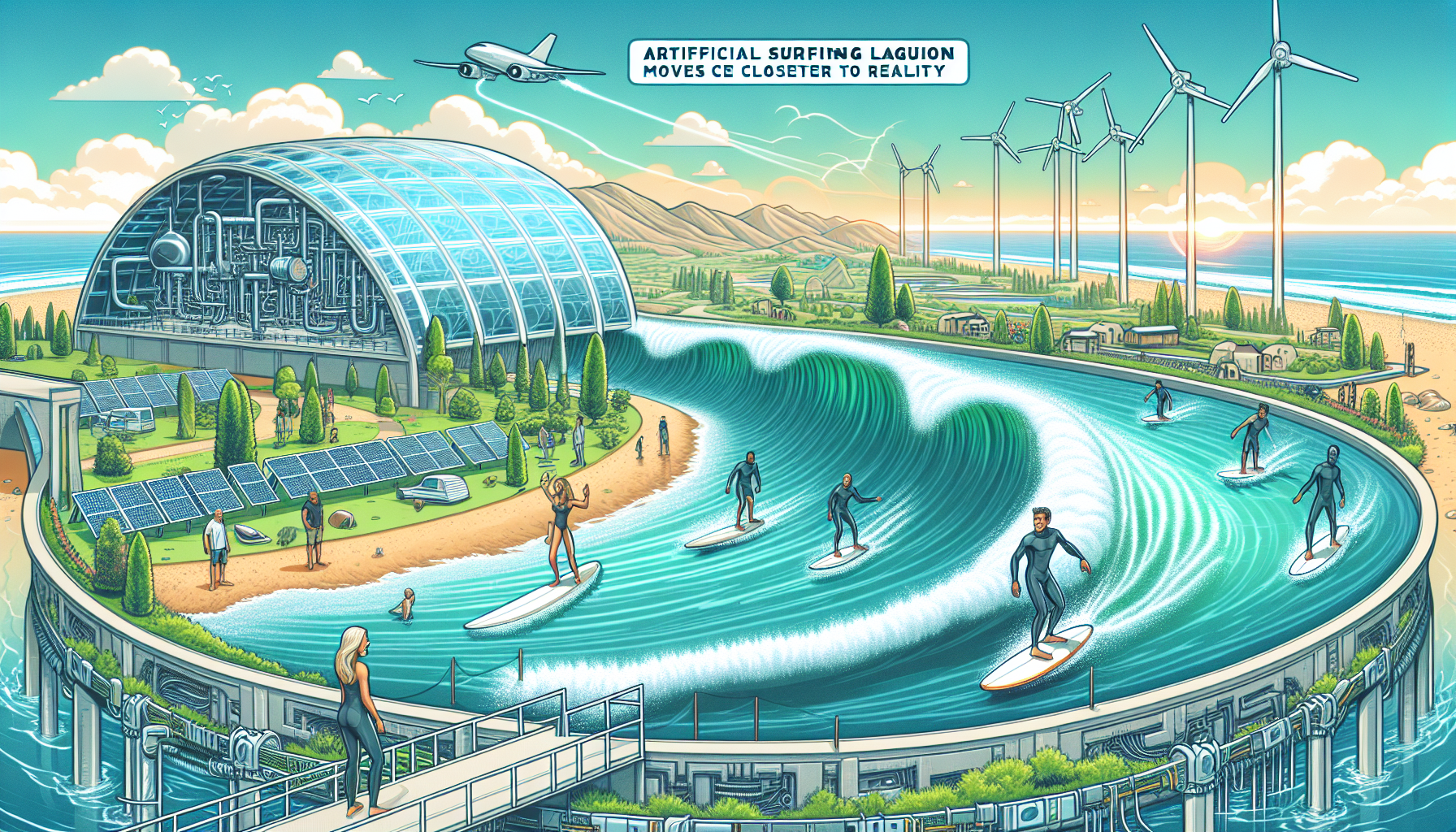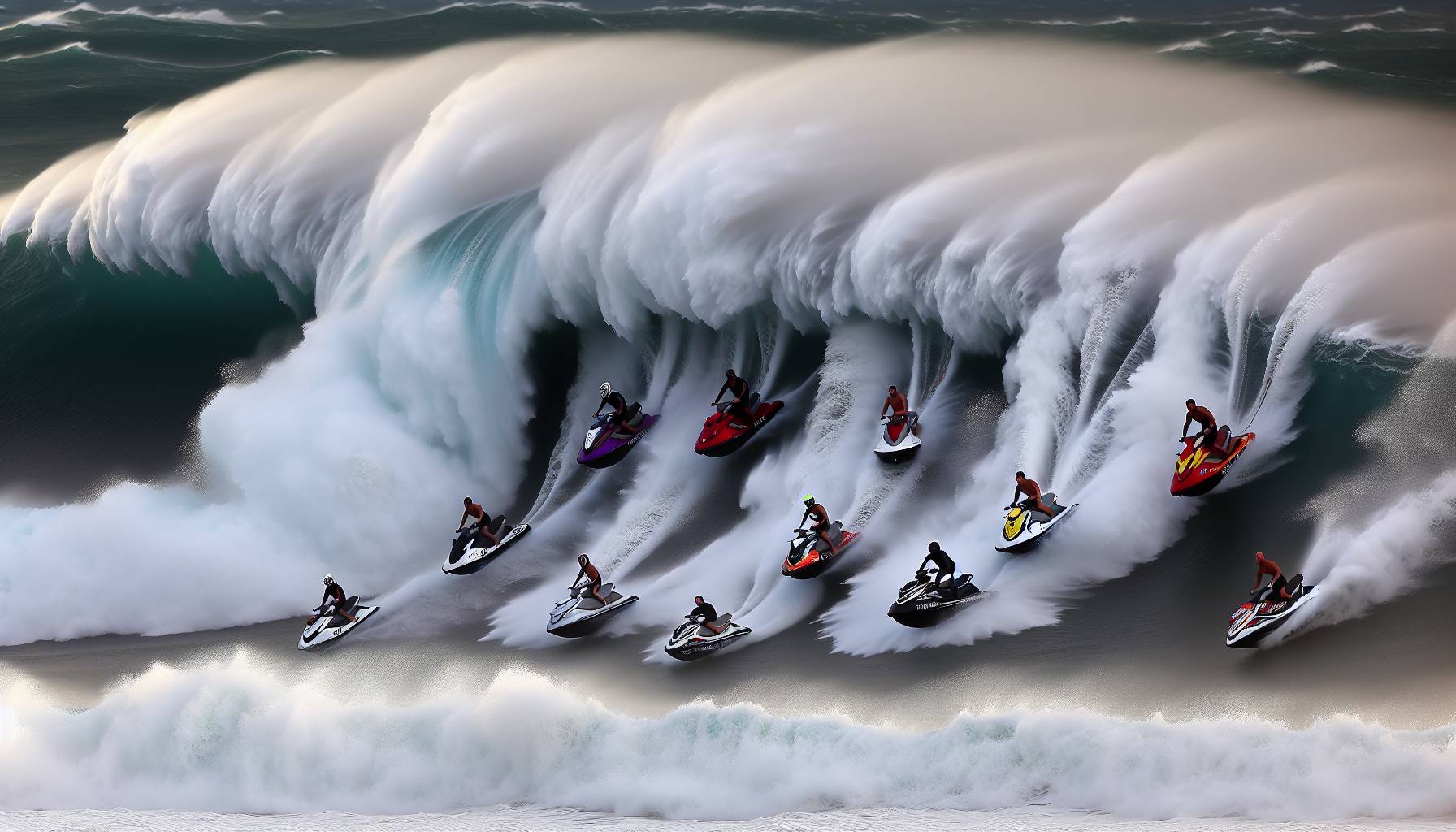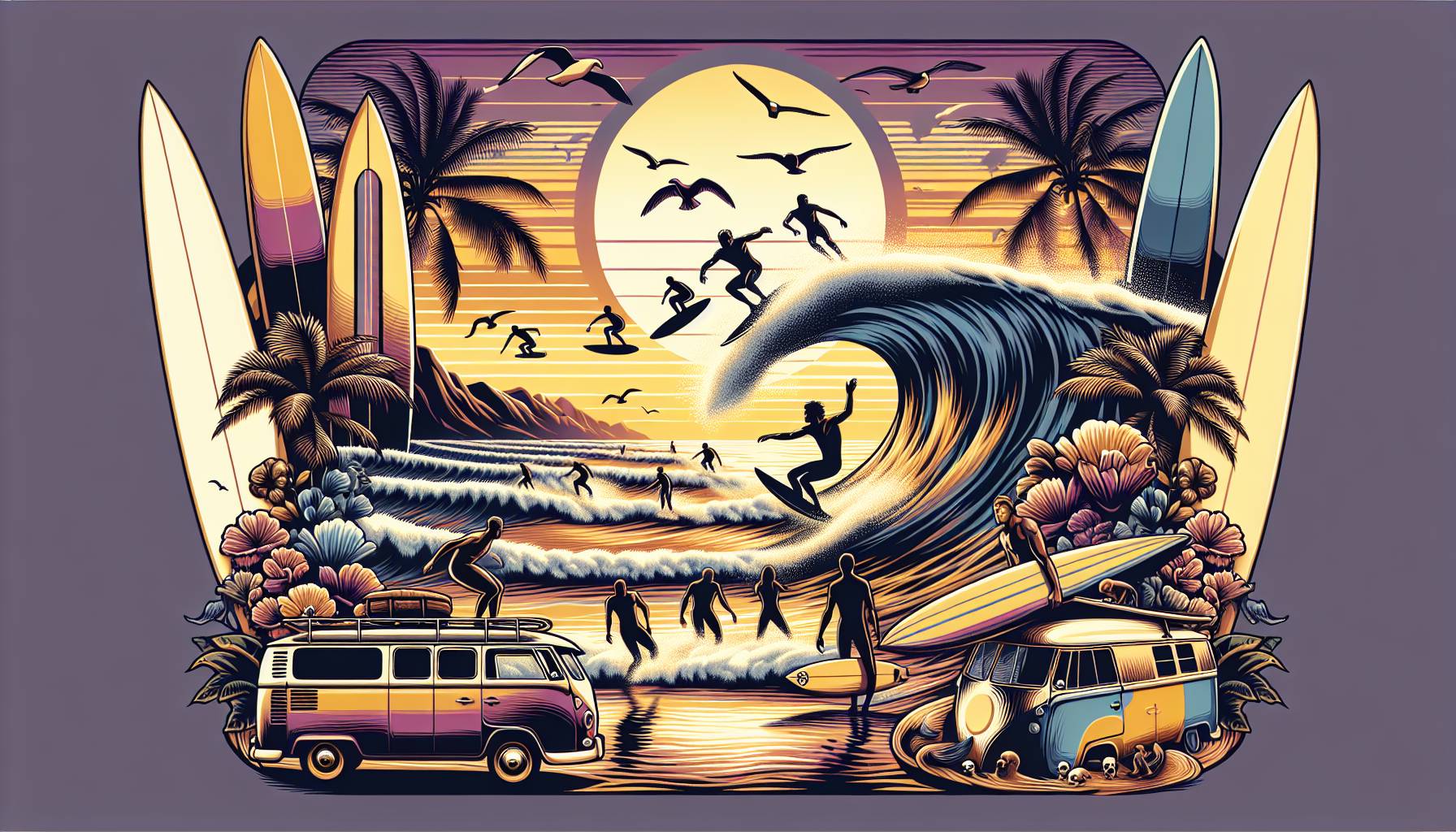
Promoting biodiversity through conservation efforts
Australia’s coastal ecosystems are home to a diverse range of marine and terrestrial species, many of which are under threat due to habitat destruction, pollution, and climate change. Conservation efforts play a crucial role in preserving these ecosystems, ensuring that future generations can continue to enjoy the natural beauty and biodiversity of the country’s shorelines.
One of the key strategies in promoting biodiversity is the restoration of native vegetation along coastal dunes. These dunes act as natural barriers, protecting inland areas from erosion while providing essential habitats for native wildlife. By planting indigenous species and removing invasive plants, conservation groups help maintain the delicate balance of these ecosystems.
Marine conservation initiatives also play a significant role in protecting biodiversity. Programs focused on reef restoration, such as coral planting and marine protected areas, help safeguard critical habitats for fish, turtles, and other marine life. Additionally, efforts to reduce plastic pollution and ghost nets in the ocean contribute to healthier marine environments.
“Healthy ecosystems are the foundation of thriving coastal communities. By protecting biodiversity, we ensure that our beaches, reefs, and waterways remain vibrant and full of life.”
Surfers, in particular, have a unique connection to the ocean and can play an active role in conservation. Many grassroots organisations encourage surfers to participate in beach clean-ups, report environmental concerns, and advocate for sustainable policies. By fostering a culture of environmental stewardship, these initiatives help protect the very waves that surfers cherish.
Through dedicated conservation efforts, Australia’s coastal biodiversity can be preserved and even enhanced. By supporting these initiatives, individuals and communities contribute to a healthier, more resilient environment for both wildlife and people.
Encouraging community engagement with nature
Connecting with nature is not just about appreciating the beauty of the coastline—it’s about fostering a deeper relationship with the environment and taking an active role in its protection. Encouraging community engagement is essential in ensuring that conservation efforts are not only effective but also sustainable in the long run.
One of the most impactful ways to engage people with nature is through hands-on activities such as beach clean-ups, tree planting, and citizen science projects. These initiatives provide individuals with a tangible way to contribute to environmental preservation while also deepening their understanding of local ecosystems. Many coastal communities across Australia organise regular clean-up events, where volunteers remove plastic waste and other pollutants that threaten marine life.
Surfing communities, in particular, have a strong connection to the ocean and are often at the forefront of environmental advocacy. Local surf clubs and organisations frequently host events that combine surfing with conservation, such as paddle-out protests against offshore drilling or educational workshops on marine biodiversity. These gatherings not only raise awareness but also strengthen the bond between surfers and the natural world they rely on.
“When people actively engage with their environment, they develop a sense of responsibility and stewardship. This connection is what drives long-term conservation efforts.”
Educational programs also play a crucial role in fostering community engagement. Schools, surf camps, and environmental groups often collaborate to teach young people about the importance of protecting coastal ecosystems. By incorporating hands-on learning experiences, such as guided coastal walks or marine life identification sessions, these programs inspire the next generation to become advocates for nature.
Beyond organised events, individuals can engage with nature in their daily lives by adopting simple habits such as reducing single-use plastics, respecting wildlife, and supporting local conservation initiatives. By making small, conscious choices, people can contribute to a larger movement that ensures Australia’s coastal environments remain vibrant and thriving for years to come.
Sustainable practices for long-term impact
Ensuring the long-term health of Australia’s coastal ecosystems requires a commitment to sustainable practices that minimise human impact while supporting biodiversity. By adopting environmentally responsible behaviours, individuals and communities can help preserve the natural beauty of the coastline for future generations.
One of the most effective ways to promote sustainability is through responsible waste management. Reducing plastic consumption, properly disposing of rubbish, and participating in recycling programs all contribute to cleaner beaches and healthier marine environments. Many surf communities have embraced initiatives such as plastic-free surf competitions and reusable wax packaging to reduce their ecological footprint.
Eco-friendly surf gear is another important aspect of sustainability. Traditional surfboards, wetsuits, and accessories often contain materials that are harmful to the environment. However, many brands are now producing boards made from recycled or plant-based resins, wetsuits crafted from natural rubber, and biodegradable surf wax. By choosing sustainable products, surfers can enjoy the waves while minimising their impact on the planet.
“Sustainability isn’t just about protecting nature—it’s about ensuring that future generations can continue to experience the joy of surfing in pristine waters.”
Water conservation is also a key consideration for coastal communities. Simple actions such as using biodegradable sunscreen, reducing freshwater usage when rinsing off after a surf, and supporting initiatives that protect local waterways all contribute to maintaining clean and healthy oceans. Additionally, advocating for policies that prevent industrial pollution and overfishing helps safeguard marine ecosystems.
Supporting sustainable tourism is another way to ensure long-term environmental health. Many popular surf destinations in Australia attract large numbers of visitors, which can put pressure on local ecosystems. Choosing eco-certified accommodations, respecting local wildlife, and following Leave No Trace principles help minimise the impact of tourism on fragile coastal environments.
By integrating sustainable practices into daily life, surfers and coastal communities can play a vital role in protecting Australia’s unique marine and coastal ecosystems. Small, conscious choices add up to a significant impact, ensuring that the ocean remains a thriving and vibrant place for generations to come.
Promoting biodiversity through conservation efforts
Alright, legends, let’s talk about keeping our backyard wild and thriving. This initiative isn’t just about planting a few trees and calling it a day—it’s about making sure our coastlines, reefs, and bushlands stay teeming with life. From restoring native habitats to protecting endangered species, every effort counts in keeping Australia’s natural playground in top shape.
One of the big moves? Rewilding areas that have copped a bit too much human interference. That means bringing back native plants, creating safe havens for wildlife, and making sure invasive species don’t take over like an uninvited guest at a beach bonfire. It’s all about balance—letting nature do its thing while giving it a helping hand where needed.
And let’s not forget the ocean. Healthy reefs and clean waters mean better waves, thriving fish stocks, and epic diving spots. Conservation projects are working to protect marine biodiversity, ensuring that future generations can still paddle out into crystal-clear waters and reel in a decent catch without worrying about dwindling fish numbers.
“If we look after nature, it’ll look after us. Simple as that.”
So whether you’re a surfer, a fisher, or just someone who loves a good bushwalk, these conservation efforts are making sure the great outdoors stays, well… great. And if that means a few more dolphins cruising the lineup or bigger fish on the end of your line, who’s complaining?
Encouraging personal connections with nature
Now, let’s talk about getting amongst it. There’s something about being out in nature that just resets the soul—whether it’s paddling out at sunrise, casting a line off the rocks, or trekking through the bush with nothing but the sound of birds and the crunch of dirt underfoot.
This initiative isn’t just about saving the environment; it’s about getting people to actually experience it. Because let’s be real—once you’ve seen a sea turtle glide past while you’re out for a surf or watched a school of tailor smash baitfish at sunset, you’re hooked. You start to care, and that’s where the magic happens.
They’re making it easier for everyone to get involved, too. Think guided bushwalks, citizen science projects, and local clean-up days where you can do your bit while meeting a few like-minded legends. Even small things—like learning about native plants or spotting local wildlife—help build that connection.
“You don’t have to be a hardcore conservationist—just get out there, enjoy it, and respect it.”
And let’s not forget the groms. Getting kids outside, away from screens, and into the wild is a game-changer. Whether it’s rockpool exploring, learning to surf, or just running wild on the beach, these experiences stick with them for life. The more they love it, the more they’ll want to protect it.
So, next time you’re out chasing waves or waiting for a bite, take a moment to soak it all in. The salt air, the sound of the ocean, the feeling of being part of something bigger—it’s all there, waiting for you to connect with it.

